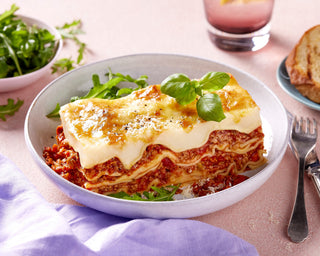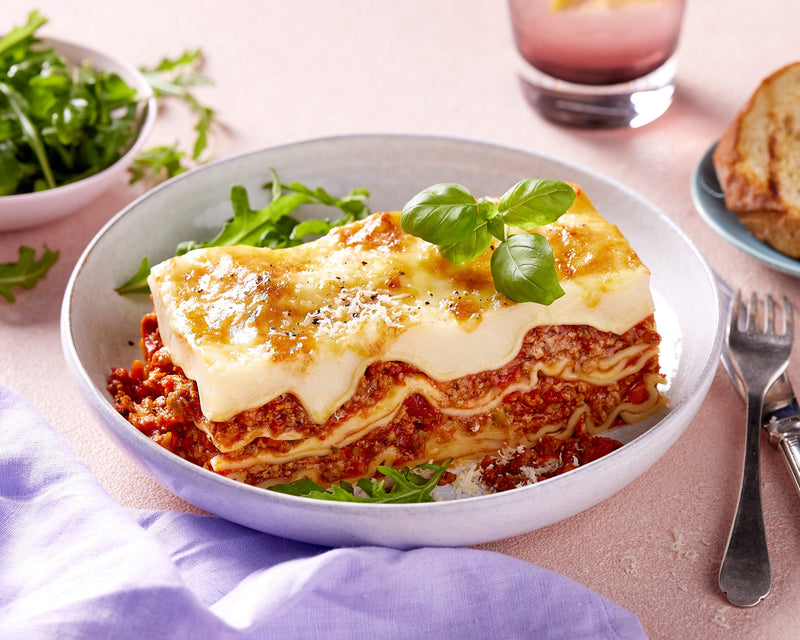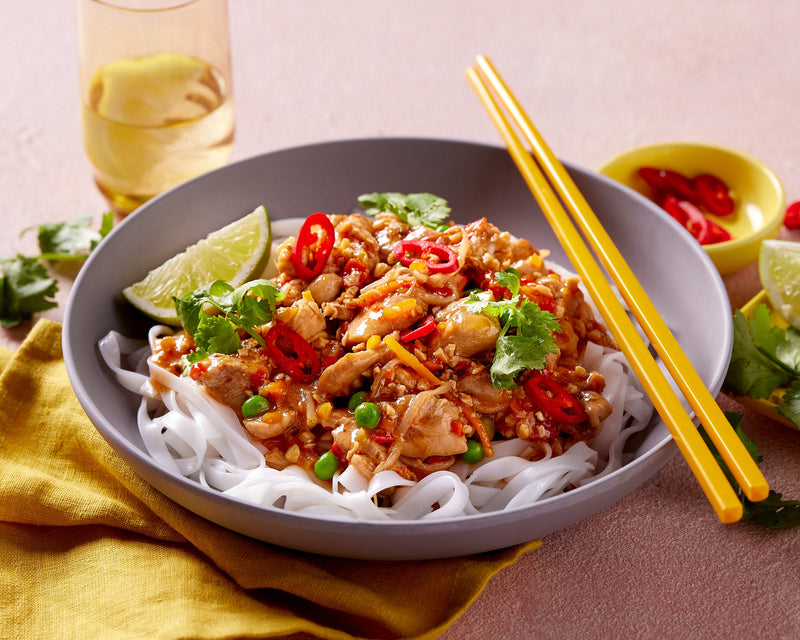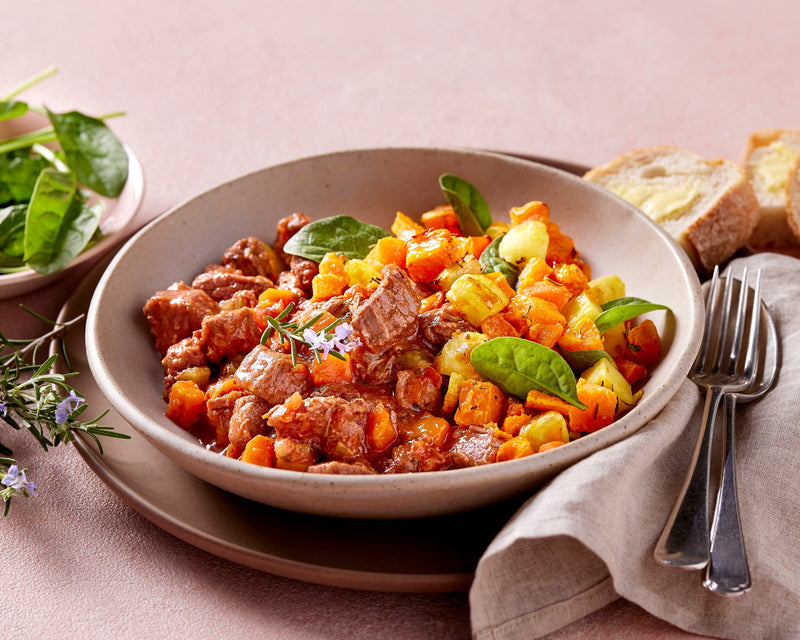Whether you’re a spice fiend, a fan of the mild stuff, or you avoid chilli altogether, chances are you’ve got its most common cousin sitting on your table right now, right next to the salt.
Surprise — it’s black pepper! Often overlooked, black pepper is technically a type of chilli pepper used in almost every cuisine globally to season the dishes we know and love (1).
But we’re not here to talk about black pepper. We’re here to talk about the real deal: the hot, the spicy, the full-throttle flavour bomb that is the chilli pepper.
Where Did Chilli Peppers Come From?
While chillies are foundational to so many cuisines, from Thai and Indian to Mexican and Korean, they all trace their roots back to a single region. Chillies originated in Mexico and spread globally after the Columbian exchange (1). From street food to fine dining, this humble fruit has made a massive impact on global food culture.
What Makes Chillies So Spicy?
The secret to the burn is a compound called capsaicin. It's most concentrated in the internal veins and the top of the chilli near the capsaicin gland, not, as often believed, in the seeds. Seeds can feel hot because they sit so close to those fiery bits.
Capsaicin activates the body’s nociceptors, receptors that detect pain and heat, which is why that vindaloo feels like it’s setting your face on fire (2, 3).
Some people get hooked on this sensation. Why? Capsaicin can trigger your body to release endorphins, our natural painkillers, which is why some describe eating chillies as euphoric. You might actually be addicted to chilli (2).
How Do We Measure the Heat?
The Scoville scale is the classic tool for gauging chilli heat. It measures how much a dried chilli extract needs to be diluted with sugar water before the heat disappears. Jalapeños sit at around 2,500–8,000 Scoville units, while the world’s hottest varieties top out at a searing 2.2 million. That’s not a typo.
Is Spicy Food Bad for You?
As with most nutrition questions: it depends. Is your spicy food deep-fried and dripping in oil, or grilled and seasoned with chilli flakes and olive oil?
Nutritionally, chilli peppers punch above their weight. They contain a range of vitamins (C, A, K, B1, B6, B9) and minerals (iron, potassium, copper, magnesium). True, you’d have to eat a mountain of them to meet your daily needs, but when combined with veggies, whole grains, and lean protein, they’re part of a seriously healthy plate.
Capsaicin isn’t just a flavour enhancer either. It’s bioactive. Research suggests it may improve heart health, help regulate metabolism, and reduce inflammation (4).
Can Chilli Help With Weight Loss?
Maybe, but don’t expect miracles after one spicy meal. Studies suggest capsaicin can reduce appetite and may modestly improve metabolic function, including insulin sensitivity (5). Over time, this could support weight management if part of an overall balanced diet and lifestyle.
Ever broken a sweat while eating something spicy? That’s thermogenesis at work. Capsaicin temporarily increases body temperature, which raises energy expenditure (3). That’s also why you’ll find chilli extract in some pre-workout formulas.
Does Dineamic Use Chilli?
Absolutely, but with intention. We don’t add chilli to everything, but it plays a starring role in several of our Asian-inspired dishes. Like all our ingredients, we use real, whole foods to build layers of flavour — herbs, spices, and yes, chilli included.
References
-
Saleh, B. K., Omer, A., & Teweldemedhin, B. (2018). Medicinal uses and health benefits of chili pepper (Capsicum spp.): a review.
-
Cronin, J. R. The Chili Pepper’s Pungent Principle: Capsaicin Delivers Diverse Health Benefits.
-
Janssens, P. L. H. R., Hursel, R., Martens, E. A. P., & Westerterp-Plantenga, M. S. (2013). Acute Effects of Capsaicin on Energy Expenditure and Fat Oxidation in Negative Energy Balance.
-
Chili Pepper Consumption and Mortality in Italian Adults. (2019). J Am Coll Cardiol.









